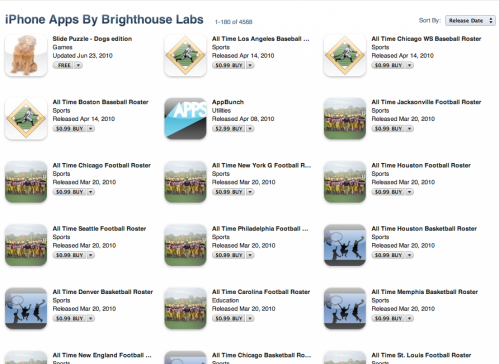It’s happened. An app that grossly violated Apple’s terms of service (by enabling free tethering) made it through Apple’s review process, onto the App Store, and into the #2 most-popular spot before being taken down. Although this app wasn’t malicious to users, it’s absolutely malicious to Apple’s agreements with AT&T and other phone-companies. It is a real demonstration that Apple can’t keep malware off the App Store.
A Few Sneaky Ideas
It’s not hard to come up with ways to fool App-Store reviewers.
You might just get lucky. With over 230,000 Apps in the store, reviewers are swamped. They’re only human and they might not notice some subtle evil — especially if it’s not on their naughty-behavior list.
Time-Bombs, apps that hide their bad-behavior for a few days, are undetectable without periodic audits, since they act normally during the pre-release review period.
Phoning home to a server that let’s an app know it’s passed review and can begin it’s life of crime, would let an app be even more precise.
With just a few minutes thought, I’m sure you can think of even more clever tricks, or combination of tricks.
Not a Fully Open Vulnerability
That’s not to say your iPhone is in as much danger as your PC. iOS apps don’t have the same free-reign that traditional computer programs have. That limits their usefulness, but it also limits the damage they can cause. An iOS App can’t stop you from killing it, and it can’t mess with other apps, so it can’t “take over” your phone. But it can do anything it likes with your Contacts, and secretly abuse the phone’s always-on network connection, and get up to other sorts of minor mischief.
I don’t have room here to fully analyze the risks of a rogue iPhone’s program. But generally, the danger isn’t too great: a little more than a what website can do, a lot less than what a PC program with administrator access can do.
Ultimately, Apple’s best defense against malware isn’t control of the App Store review process or iTunes payments (although they help), but control over iOS. A well-designed operating system limits what kinds of malware are possible. The review process can screen for egregious mistakes. But it can’t catch everything, and it’s least-able to catch the most clever malware, which ultimately, are the programs we should be most worried about. Apple’s review process doesn’t provide real security against modern malware.
